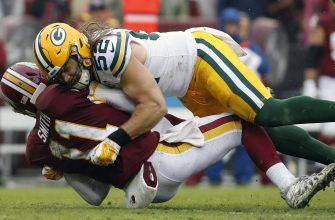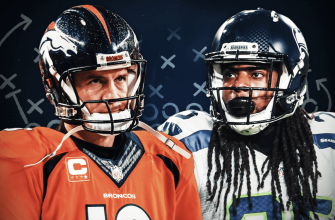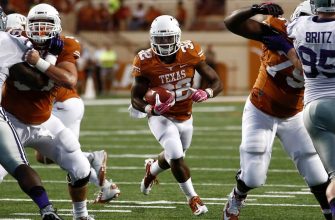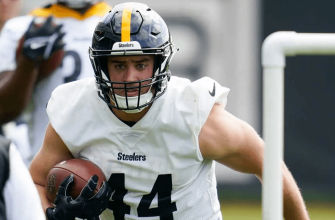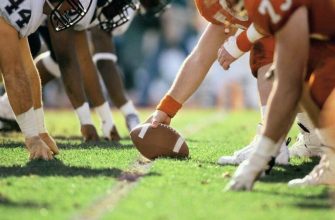The coin toss is an iconic tradition in football that occurs at the start of each game. It involves the referee tossing a coin in the air to determine which team will kick off and which will receive the opening kickoff.
The coin toss has been a part of American football since the early days of the sport in the late 19th century. While the origins are unclear, it seems the coin toss emerged as a fair and unbiased method for determining the starting positions between two teams.
Though a seemingly small detail, winning the coin toss can provide a slight strategic edge. The option to kick, receive, or defer provides an opportunity for teams to set the initial pace and flow of the game. This makes the coin toss an important ritual that builds anticipation and excitement before kickoff.
Over the decades, the coin toss has produced memorable moments replayed on highlight reels. The dramatic overtime coin toss has decided Super Bowls, bowl games, and rivalries. This simple act of flipping a coin embodies the spirit of football’s competitiveness and unpredictability.
When Does the Coin Toss Happen
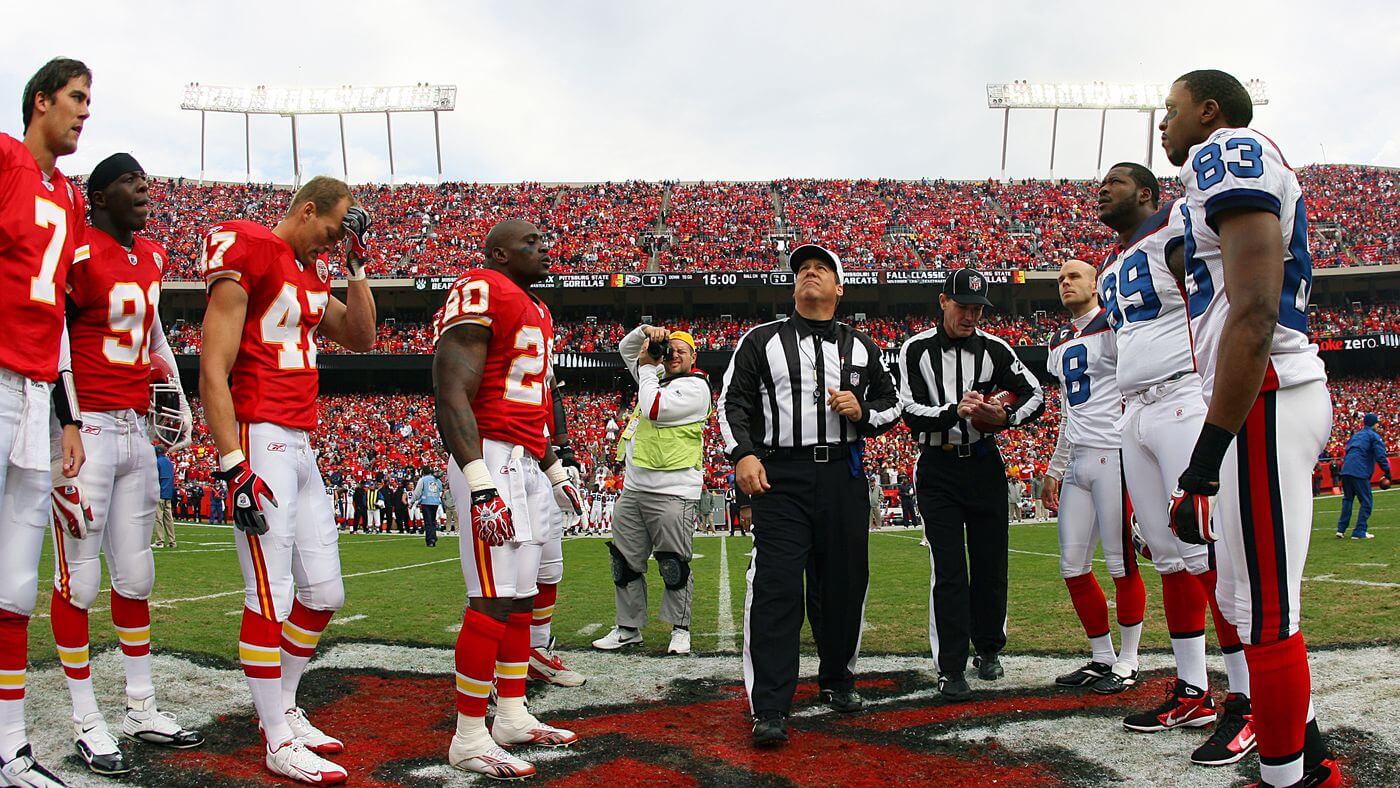
The coin toss occurs at the beginning of the game and potentially at the start of overtime.
Before the game’s kickoff, the referee will call representatives from each team out to midfield for the coin flip. This usually occurs about 10-15 minutes prior to the scheduled start time. The away team calls the coin toss first.
If the game is tied at the end of regulation, an overtime coin toss is used to determine which team gets the first possession in the extra period. Just like before the game, the referee will bring team captains to midfield for the overtime coin flip. Procedures for the overtime coin toss are the same as the pregame toss.
Who Participates in the Coin Toss
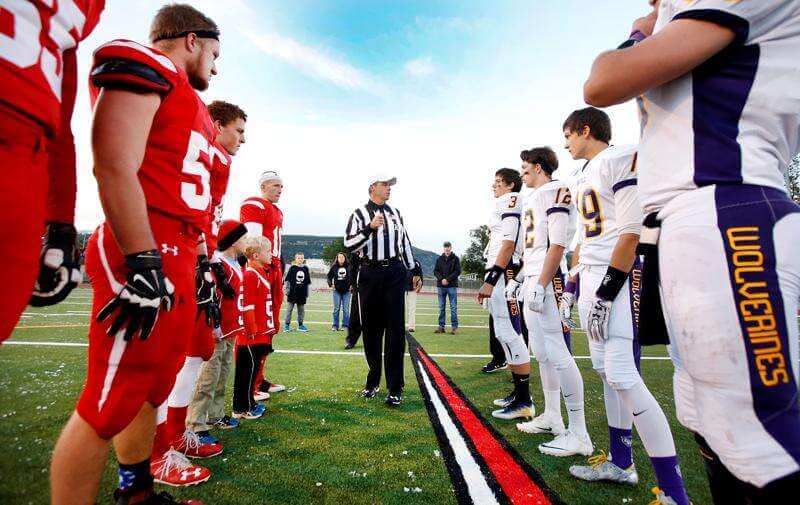
The coin toss is conducted by the referee and attended by one captain from each team, who meet at midfield before the game starts.
The referee is responsible for flipping the coin and announcing the result. As an impartial official, the ref ensures the coin toss is conducted fairly.
Each team sends their team captain, who is usually chosen by the coaching staff before the season starts. It’s considered an honor to be named team captain, a role given to experienced players who exhibit leadership qualities. The captains meet the referee at midfield for the coin flip, representing their respective teams.
Captains call heads or tails and try to correctly predict the coin’s landing. Winning the toss gives their team the first choice of options – either receiving the opening kickoff or choosing which end zone to defend. While the coin flip result alone doesn’t determine the game, it does provide an early strategic edge.
The Coin
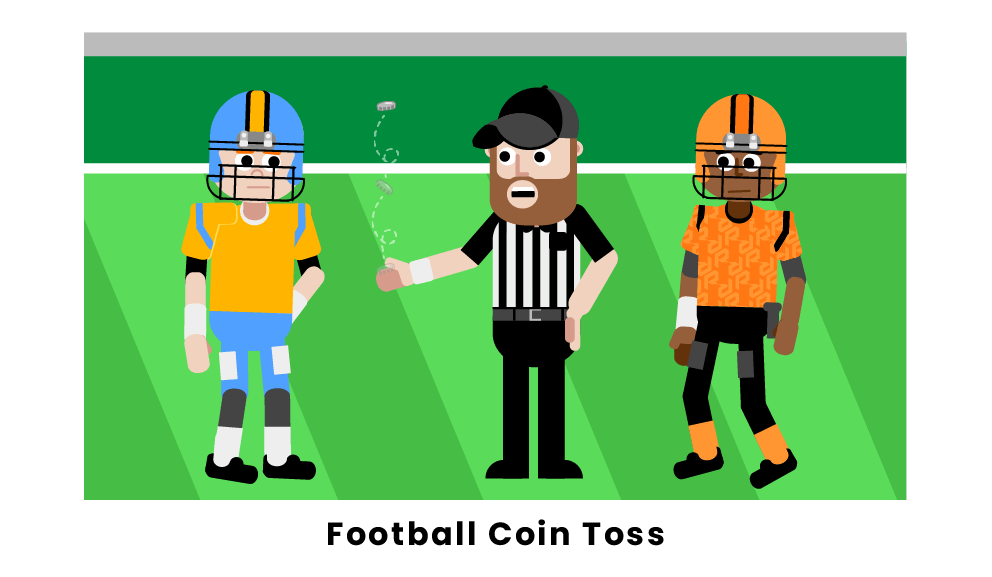
The coin used for the coin toss is not your average quarter that you might dig out of your pocket or purse. The NFL provides special commemorative coins to the referees to use for the coin toss at the start of each game.
These special coins often commemorate important events or milestones related to the NFL. For example, the coin used for Super Bowl 50 featured the Super Bowl 50 logo and the Golden Gate Bridge, reflecting the location of the game in Santa Clara, California.
Other commemorative coin designs over the years have celebrated things like the NFL’s 100th season, championship teams, expansion teams, and more. So while it may look like an ordinary coin flip to fans watching at home, the coin itself has special significance.
The NFL brings multiple commemorative coin options to each game for the referees to choose from for the opening toss. So even within a single game day, different coins may be used at different stadiums depending on what the officiating crew selects. But regardless of which design is used, these special NFL coins add a touch of uniqueness and tradition to the coin flip, which kicks off every football game.
The Call
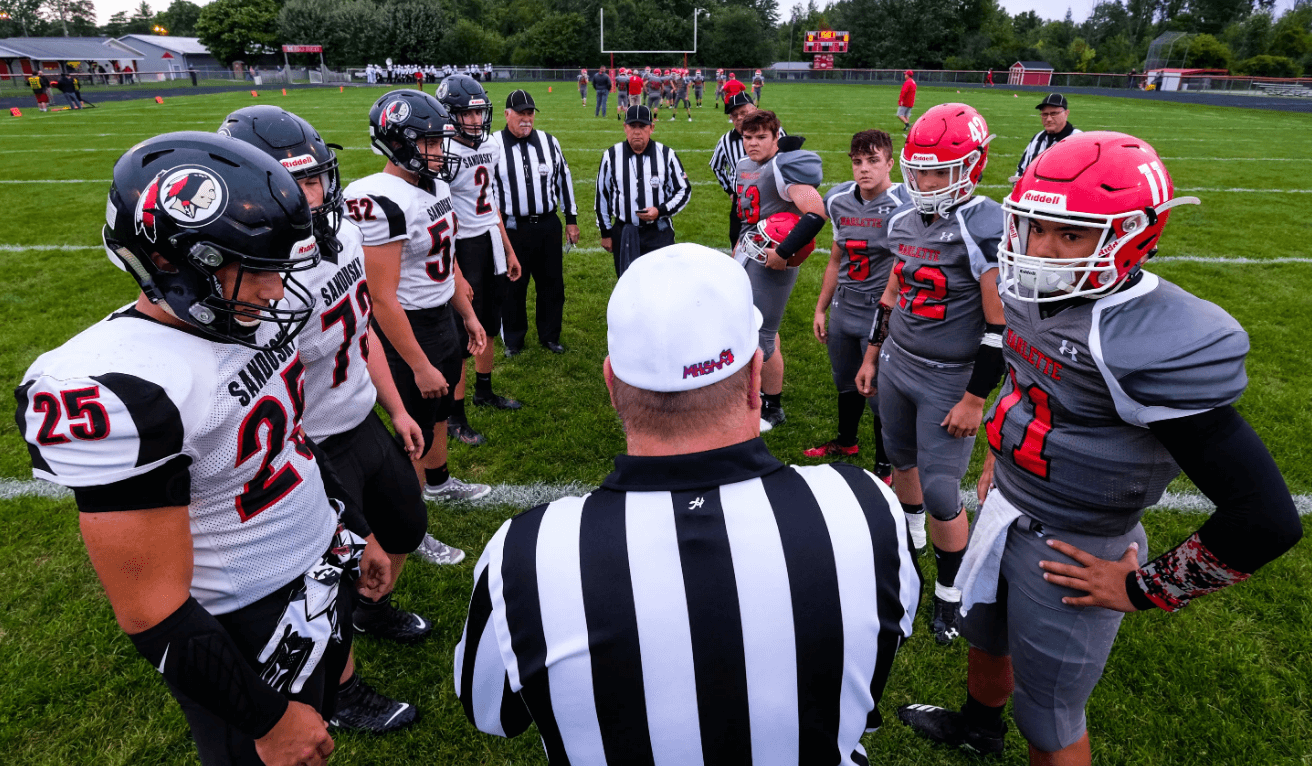
During the coin toss, the visiting team’s captain calls “heads” or “tails” while the coin is in the air. This is known as “the call.” The captain is essentially guessing which side of the coin will be face-up when the coin lands on the ground.
The referee will toss the coin straight up into the air several feet above the ground. As the coin rotates in the air, the captain must make a quick decision and yell out “heads” or “tails” before the coin hits the ground. This call is crucial because it determines which team gets possession first if the captain guesses correctly.
If the captain guesses the coin toss correctly, their team will get the ball first. If the guess is wrong, the other team will get possession to start the game. The captain is under pressure during the coin flip to try and determine if one side of the coin is favored based on small differences in weight. However, coin tosses are designed to be 50/50 probability, so the captain is basically just making an educated guess.
Who Gets the Ball
The winner of the coin toss has their choice of options. These choices include receiving the ball, deferring their choice to the second half, or choosing which end zone they want to defend. The most common choice by the winner is to receive the ball to start the game and have their opponent choose to receive at the start of the second half.
However, the option to defer can be strategically valuable, especially in certain weather conditions. The winner may choose to defer so they can decide at the half which team kicks off to start the second half, giving them a potential wind or sunshine advantage. Deferring also allows the winner to make their offensive game plan based on knowing the opponent will start with the ball.
Choosing an end zone has advantages as well if one end zone offers better game conditions based on sun or wind direction. Overall, the winner of the toss has flexibility to make a strategic choice for getting the ball, deferring, or picking the end zone based on game conditions and matchups.
Overtime Rules
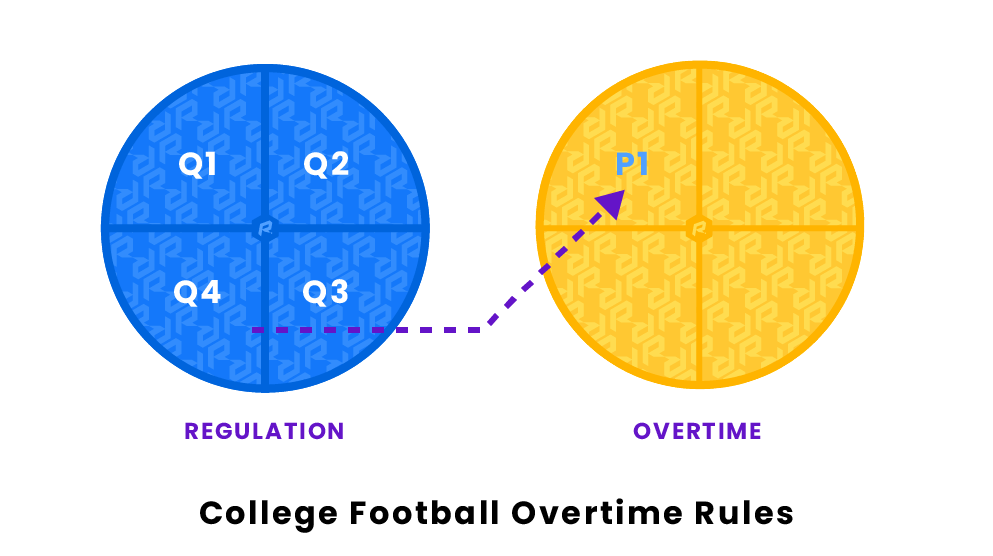
Overtime in the NFL brings some key differences in the coin toss procedures compared to regular time.
In regular time, the coin toss happens before the start of the game to determine first possession. However, in overtime, the coin toss happens after regulation ends in a tie, and it determines more than just first possession.
The overtime coin toss determines which team gets the ball first in overtime and which end zone that team wants to defend. Importantly, the team that wins the overtime coin toss gets to decide whether to receive the kickoff or defer their choice to the second half of overtime. This adds an element of strategy for coaches.
If the team with first possession in overtime scores a touchdown on the opening drive, they automatically win the game. However, if they kick a field goal or fail to score, the other team gets a possession to tie or win the game.
Defenses take on greater importance in overtime. If both teams get possessions and are tied after each has had the ball once, the next score by either team wins the game. There are no limits to the number of overtime periods in the playoffs.
The overtime coin toss procedures add excitement and strategy to tight games that are tied at the end of regulation. The coin flip gives coaches more crucial decisions to consider in pursuing a sudden death victory.
Strategy

The coin toss allows teams to employ certain strategies that can give them an advantage. One common strategic decision is whether to kick or receive if you win the toss.
Deferring
Many coaches choose to defer their decision if they win the toss. This allows them to see which way the wind is blowing during the first half kickoff. Since weather conditions often switch direction between halves, deferring allows coaches to choose to receive the second half kickoff based on the most current wind patterns. This can provide an advantage when kicking field goals and on long passes.
Deferring also allows a team to get the ball to start both halves, giving their offense back-to-back opportunities to score. If a team scores at the end of the first half, deferring ensures they get another possession right after with the opening second half kickoff.
Some coaches may also defer as a psychological strategy. It shows confidence in their defense to get a stop on the opening drive. If they do, the team gets the ball first while having deferred and held their opponent scoreless. This immediate stop and score opportunity can swing momentum their way from the very start.
Weather/Wind Factors
As mentioned above, deferring until the second half allows coaches to choose which direction to receive based on the most current wind conditions. A strong gusting wind can greatly impact the passing game, making field goals and deeper throws more challenging. Deferring allows a team to choose to receive the kickoff in the direction the wind is blowing for that half.
This can provide a tactical advantage compared to the opponent who kicked off the first half against the wind.
Psychology
The coin toss decision also involves psychology. Some coaches believe starting the game on defense shows confidence in their team’s ability to get a stop. Others feel receiving the kickoff helps set the tone and gets their offense in rhythm early. Deferring can allow a coach to see how the first half plays out before deciding if their team needs the boost of starting with the ball in the second.
For example, if the game is low scoring, they may want that first possession to grab momentum. If it’s high scoring, they may prefer their defense gets a chance to respond. The coin toss gives coaches several psychological ploys to motivate their teams.
Famous Coin Toss Moments

The coin toss has played a decisive role in several memorable NFL games over the years.
Here are some of the most significant games and plays that were determined by the coin flip:
- Super Bowl XLIX (2015)
- Super Bowl XXXII (1998)
- 2012 NFC Championship
- 1998 Thanksgiving Day
- 2018 Week 3
The coin flip has been the difference between winning and losing some of the biggest games in NFL history. It’s a moment that can have huge implications on the outcome when the game is on the line.
Conclusion
The coin toss is a simple yet crucial element of an NFL football game. While it may seem trivial to the casual viewer, the coin toss has a tremendous impact on strategy and momentum.
The team that wins the coin toss has a distinct advantage, getting to decide whether to receive the ball or defer to the second half. This decision can set the tone for the rest of the game. If a team wants to start out strong by receiving the opening kickoff, it clearly indicates an aggressive gameplan. If instead they defer, it shows a more cautious long-term approach.
The coin toss also presents an opportunity for gamesmanship and mind games between the captains and referees. The anticipation of the coin flip gets players fired up and ready to compete. Iconic moments like the 1969 Super Bowl coin toss fiasco underscore the toss’s significance.
Though the coin toss takes mere seconds, its outcome has an outsized influence on the game. Teams devote substantial time to deciding what to do should they win the toss. This small act of chance gives teams control over their destiny at the outset. The toss and subsequent decision provide critical insight into each team’s strategy. For fans, it builds excitement and suspense for the start of the game. More than just luck, the coin toss sets the competitive stage. Its strategic importance makes it one of football’s most fascinating quirks.


